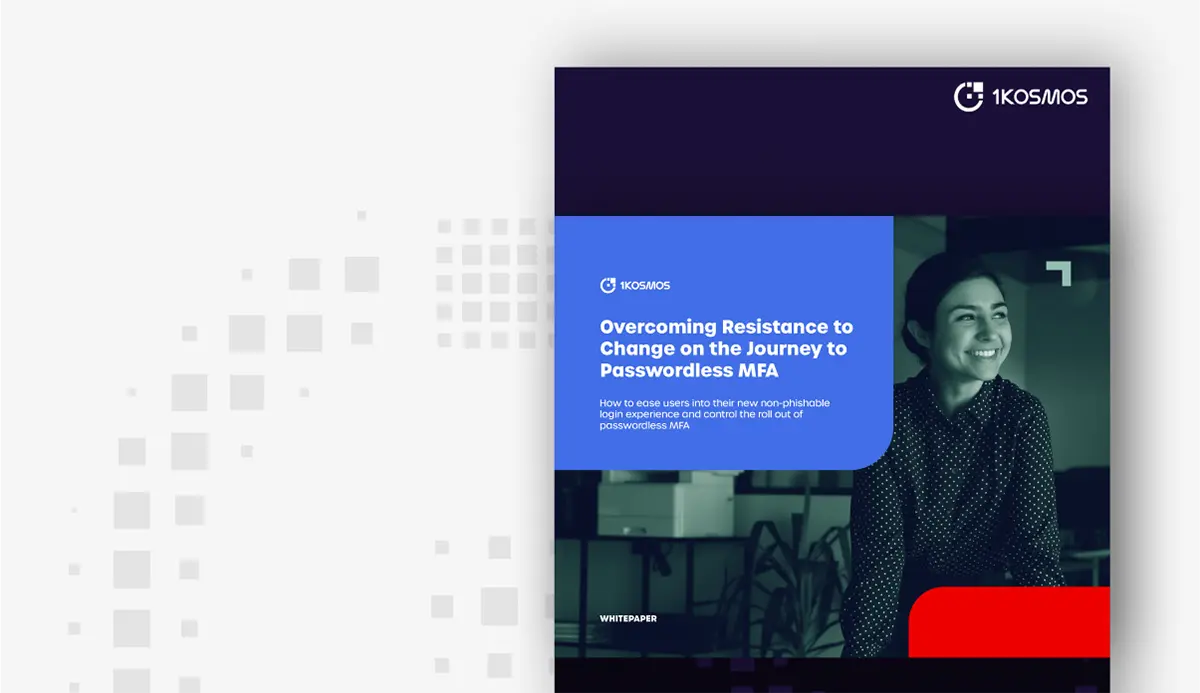Digital Identity in a COVID World…
… Why we need to focus on identity, and why now.
We’re living through unprecedented times. Companies, communities, and individuals are scrambling to make sense of a crisis of historic magnitude. COVID-19 has upended our society and our economy, and leaders across industries are under pressure to make high-stakes decisions with no time and limited information.
Among the many aspects of this pandemic that make it a truly unique crisis is the fact that each and every person’s conduct is significant: the choices made today by both a CEO in London and a bus driver in Lagos have far-reaching implications. For this reason, many technology interventions are being swiftly developed and deployed to help manage the spread of the virus.
Across these innovations, an integral layer underpinning these technologies is the verification of our digital identities. Over the last decade, as digital devices have proliferated in our professional and personal lives, authenticating the identity of both employees and customers has emerged as an important part of businesses’ efforts to stay secure and user-friendly—giving rise to the adoption of Identity and Access Management (IAM) tools. However, in the current context of the challenges we face with COVID-19, it’s possible that innovations around digital identities have an even more critical role to play as the crisis unfolds.
We are witnessing some significant disconnects in the COVID response, particularly in processes that involve interaction between the physical and the digital. Three key areas are immediately evident and potentially improvable with the use of sophisticated digital identity innovations.
The first is the process for employees to sign into their accounts at their workstations, especially in healthcare facilities. Most devices and machines require manually entering credentials or using fingerprints to log-in, which poses obvious contamination and transmission risks.
The second is the procedures around testing. Both the current process for scheduling tests at clinics and drive-through testing sites are grossly inefficient. Scheduling a test involves setting up an appointment online, waiting to get called back by a nurse who then administers a questionnaire to determine whether a test is appropriate. Drive-through testing facilities involve a lengthy screening process and long waiting lines. The system currently relies on the manual entry of information by a human with a physical pen and paper, with test results to be eventually mailed to an unverified address.
Third, the contact tracing methods via smartphones that have been introduced in some countries have flagged concerns about data privacy and revealed new uncertainties in an already contentious global debate on the trade-offs of such surveillance. Before business as usual resumes in our societies, some form of digital immunity certification will be required to permit re-entry into the public sphere and prevent future waves of outbreaks. Using an identity verification tool that’s both accurate and mindful of protecting individual privacy is going to be key for its widespread adoption and for setting the privacy norms for the post-COVID world.
Innovations involving digital identity can be used to mitigate risks associated with all three of these current challenges. Touchless identification technologies could significantly reduce the risk of transmission in offices and be potentially life-saving for hospital workers. The testing process could become much more efficient: users could download load their biometric and other relevant data onto an app beforehand, and identity would then be authenticated through a QR code and link users directly to their results, saving time and ensuring accuracy at every step of the process.
Furthermore, the development of a universally accepted immunity certification supported by underlying blockchain-based digital identification would not only guarantee unalterable verification, but it would put the control back in the hands of the user by allowing them to release their certification details only when they are ready to do so. Nevertheless, challenges of adoption remain for both contact tracing and immunity certification technologies, and a high level of collaboration and transparency is going to be necessary across public and private sectors to ensure its effectiveness.
It’s inevitable that having some form of digital ID is going to become a requirement in the coming months as society cautiously reopens. As such, authentication tools will no longer be optional or seen as an additional fortification, but an integral part of the digital infrastructure. Digital identity will be key to both the immediate mitigation of COVID-related risks and the eventual revitalization of our economy, and ultimately redefine how we interact with our world.
